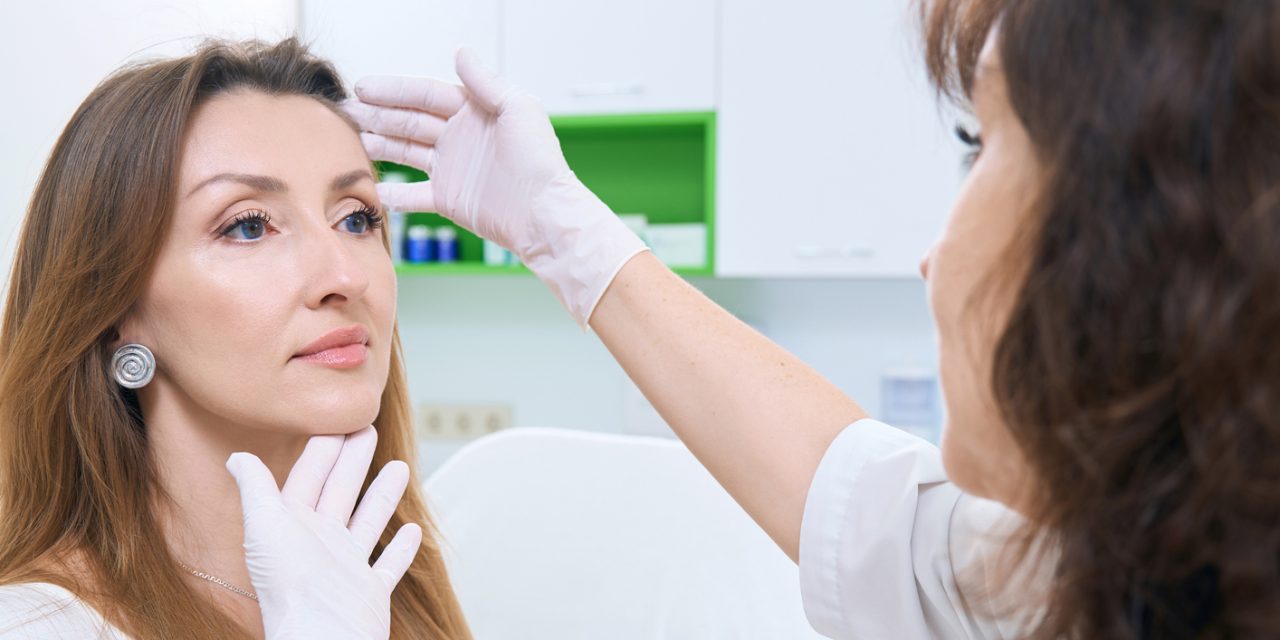The researchers have described many cutaneous manifestations in possible association with the COVID‐19 pandemic, including acral lesions resembling chilblains. The underlying pathomechanisms of COVID‐19 chilblains are not fully understood. This study aimed to describe the clinical, pathological, and laboratory findings of a series of patients who developed chilblains during the COVID‐19 outbreak and investigated the possible factors involved in these lesions’ pathogenesis. We conducted a prospective cohort study that included 54 patients who presented with chilblains during the highest peak in the incidence of COVID‐19 in Cantabria (northern Spain). Skin biopsies were performed on 10 of these patients who presented with recent lesions. Laboratory investigations, including immunological analysis, serological studies, and cry proteins assessment, were also performed.
Most patients presented erythematous plaques located on the toes and purpuric macules situated in the feet. Histopathological findings were compatible with those of idiopathic chilblains. The immunohistochemical evaluation showed C3d and C4d deposits in the vessel walls in seven cases. The autoimmunity panel was negative in most of our series. Cryoprotein testing showed positive cryofibrinogen in two‐thirds (66.7%) of the patients assessed. Most patients presented the almost complete resolution on follow-up, although six patients required prednisone and antiaggregant drug treatment.


